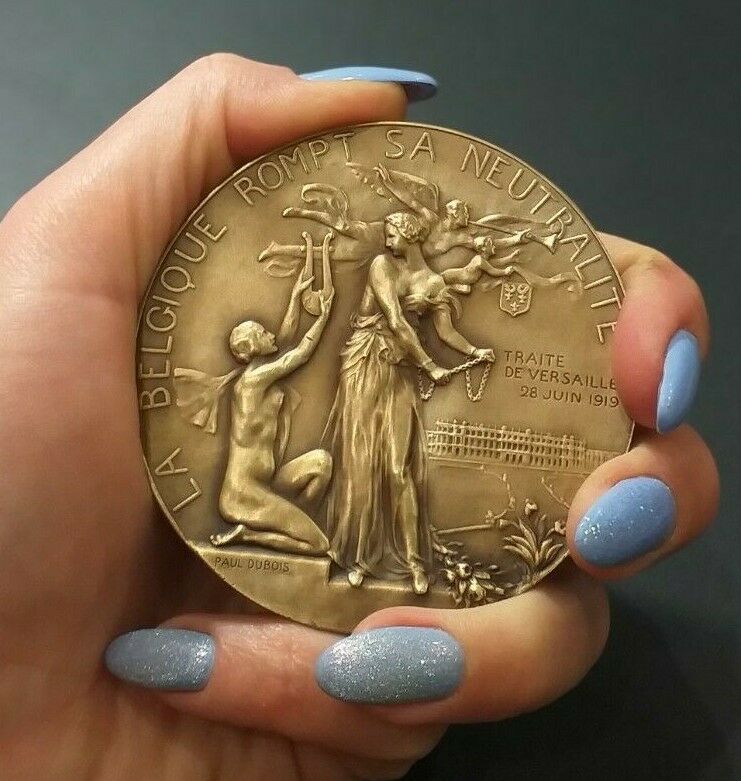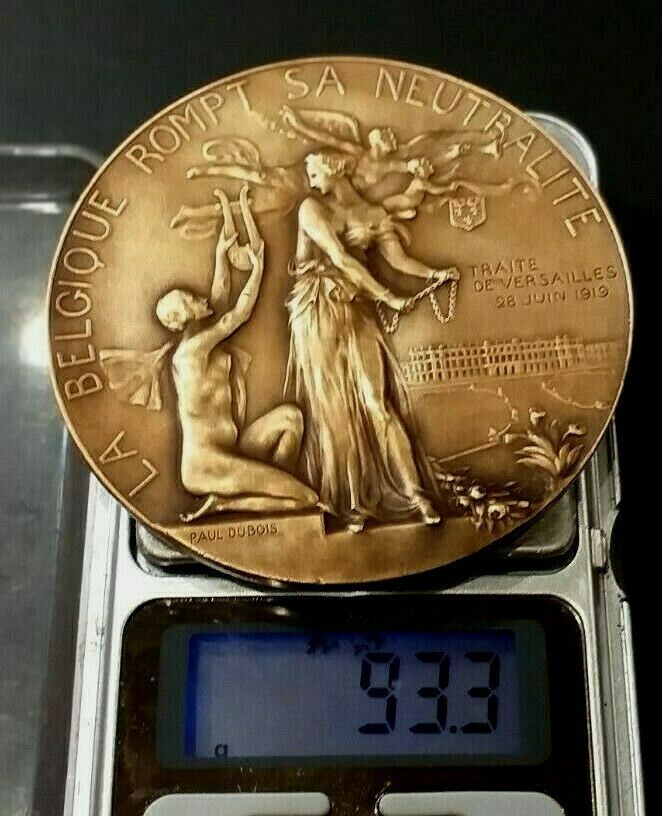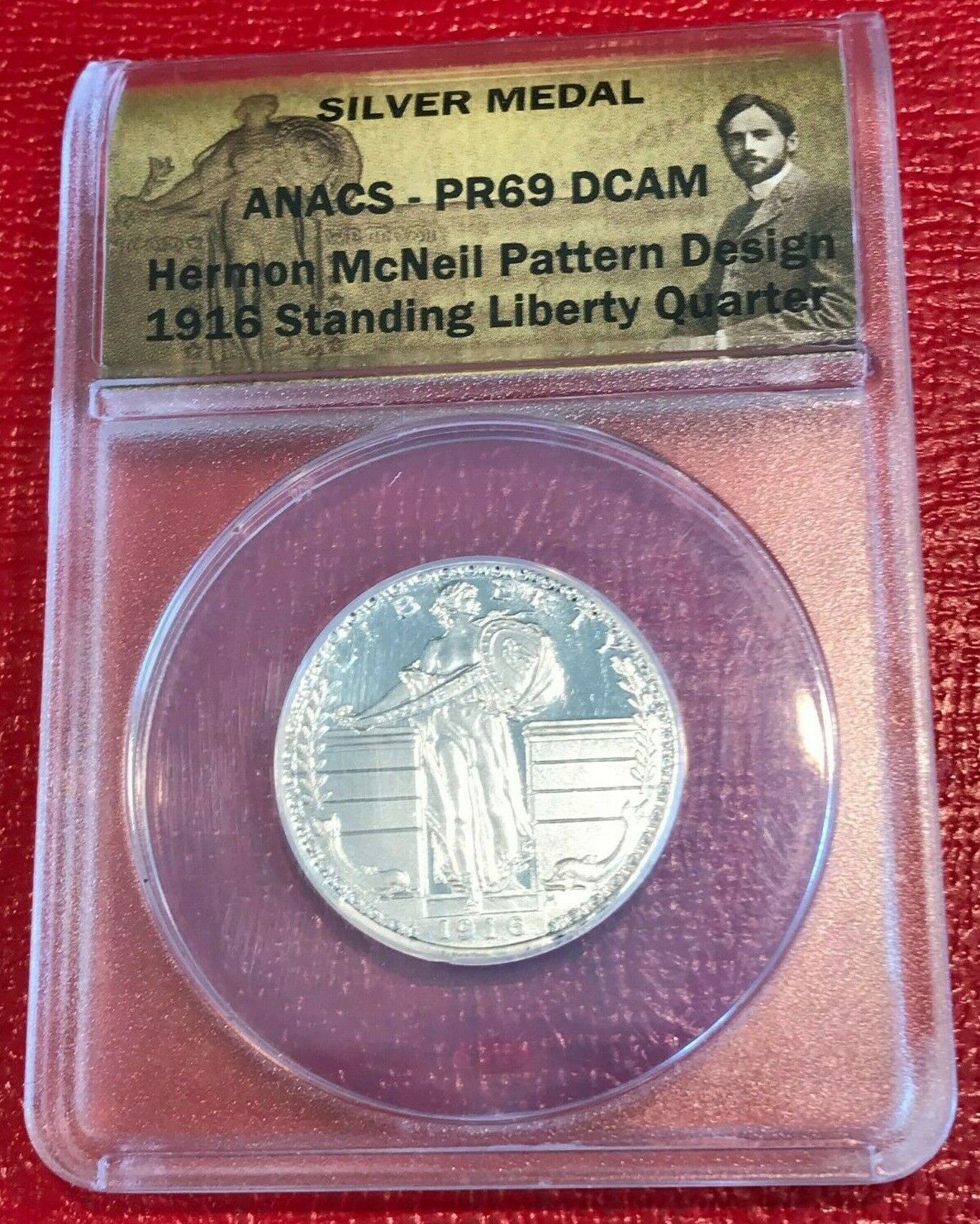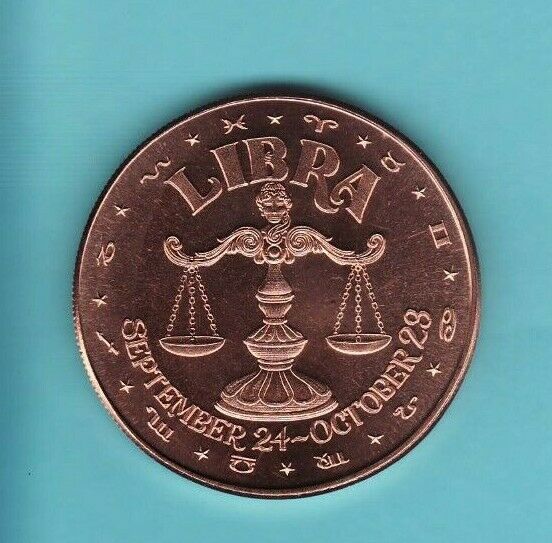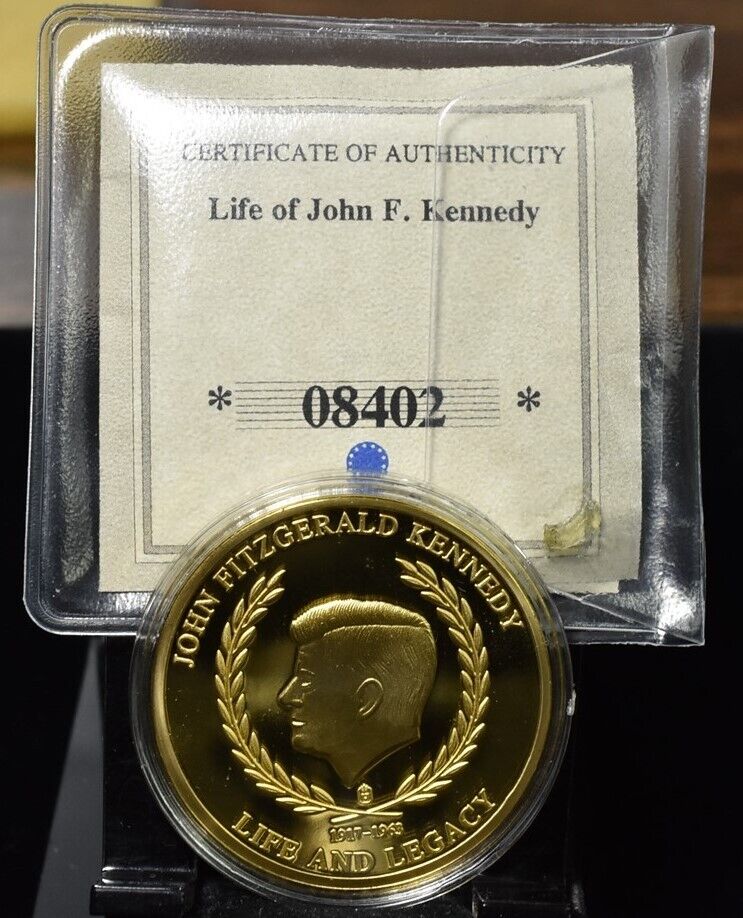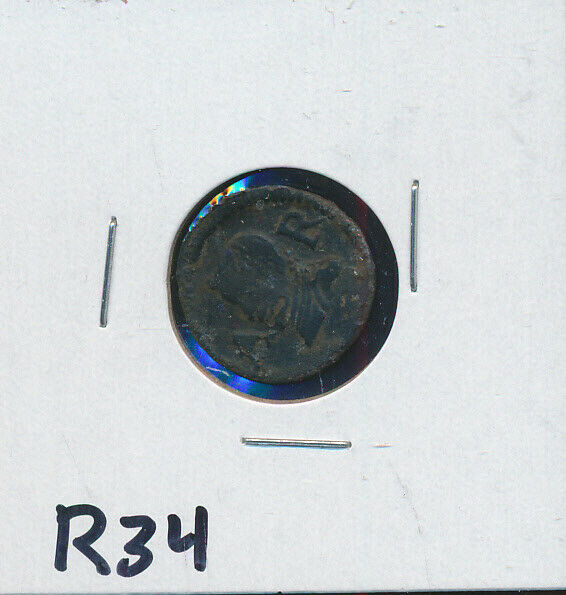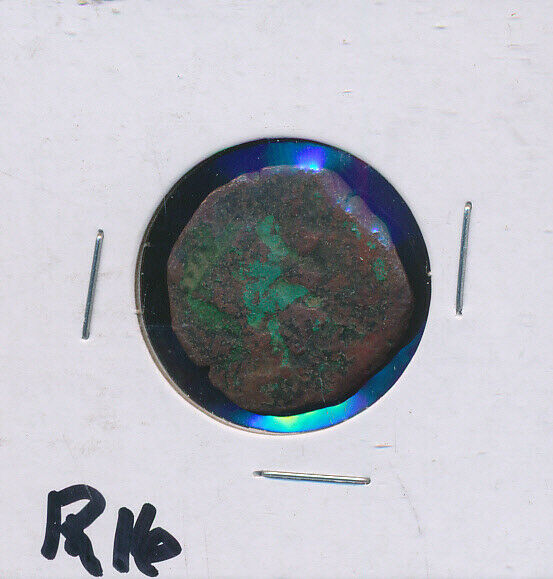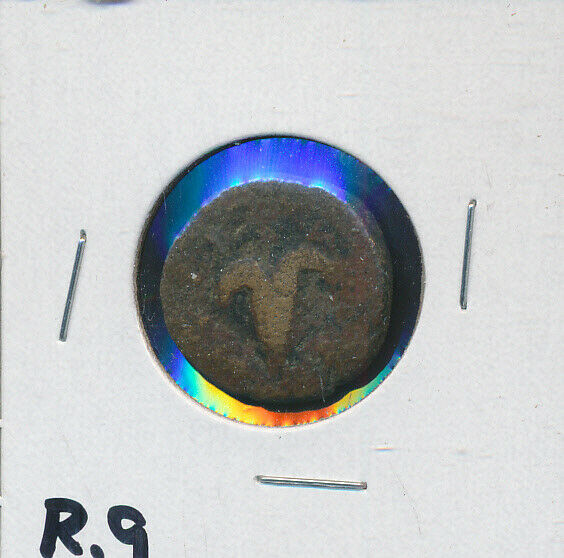-40%
1919 The Treaty of Versailles Belgium Splendid Art Nouveau medal by Paul Dubois
$ 208.56
- Description
- Size Guide
Description
Shipping from Europe with tracking number / 70mm,94gr,Belgium mint by Paul DuboisThe
Treaty of Versailles
(
French
:
Traité de Versailles
) was the most important of the
peace treaties
that brought
World War I
to an end. The Treaty ended the
state of war
between
Germany
and the
Allied Powers
. It was signed on 28 June 1919 in
Versailles
, exactly five years after the
assassination of Archduke Franz Ferdinand
, which had directly led to the war. The other
Central Powers
on the German side signed separate treaties.
[i]
Although the
armistice
, signed on 11 November 1918, ended the actual fighting, it took six months of Allied negotiations at the
Paris Peace Conference
to conclude the peace treaty. The treaty was registered by the Secretariat of the
League of Nations
on 21 October 1919.
Of the many provisions in the treaty, one of the most important and controversial required "Germany [to] accept the responsibility of Germany and her allies for causing all the loss and damage" during the war (the other members of the Central Powers signed treaties containing similar articles). This article,
Article 231
, later became known as the War Guilt clause. The treaty required Germany to disarm, make ample territorial concessions, and pay
reparations
to certain countries that had formed the Entente powers. In 1921 the total cost of these reparations was assessed at 132 billion
gold marks
(then .4 billion or £6.6 billion, roughly equivalent to US2 billion or UK£284 billion in 2020). At the time economists, notably
John Maynard Keynes
(a British delegate to the Paris Peace Conference), predicted that the treaty was too harsh—a "
Carthaginian peace
"—and said the reparations figure was excessive and counter-productive, views that, since then, have been the subject of ongoing debate by historians and economists. On the other hand, prominent figures on the Allied side, such as French Marshal
Ferdinand Foch
, criticized the treaty for treating Germany too leniently.
The result of these competing and sometimes conflicting goals among the victors was a compromise that left no one satisfied, and, in particular, Germany was neither
pacified
nor conciliated, nor was it permanently weakened. The problems that arose from the treaty would lead to the
Locarno Treaties
, which improved relations between Germany and the other European powers, and the re-negotiation of the reparation system resulting in the
Dawes Plan
, the
Young Plan
, and the indefinite postponement of reparations at the
Lausanne Conference of 1932
. The treaty has sometimes been cited as a
cause of World War II
: although its actual impact was not as severe as feared, its terms led to great resentment in Germany which powered the
rise
of the
Nazi Party
.
Although it is often referred to as the "Versailles Conference", only the actual signing of the treaty took place at the historic palace. Most of the negotiations were in Paris, with the "Big Four" meetings taking place generally at the French
Ministry of Foreign Affairs
on the
Quai d'Orsay
.
